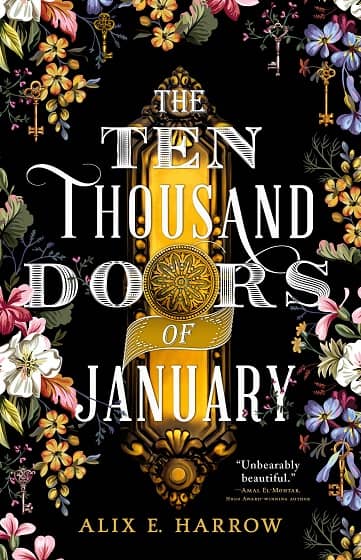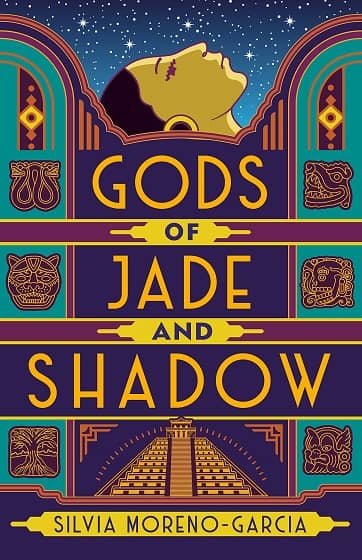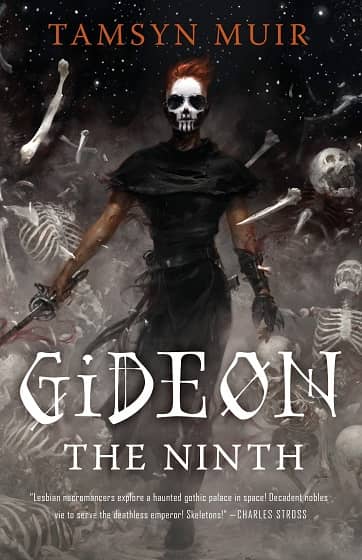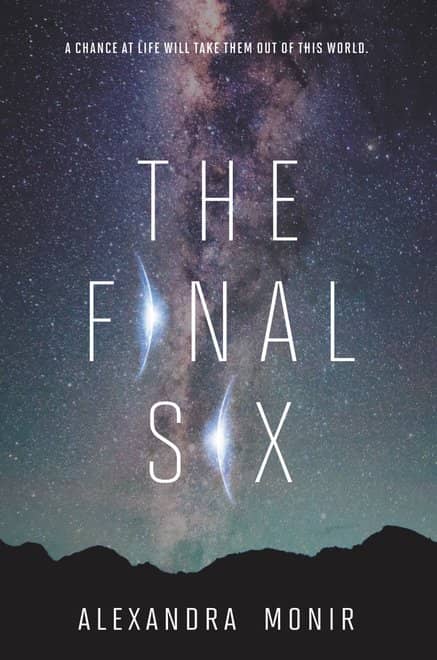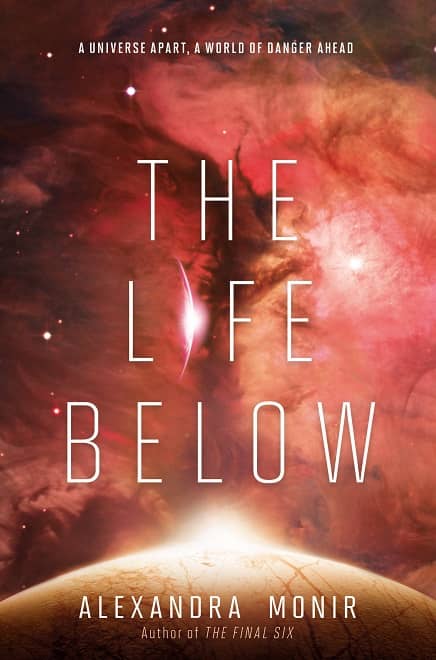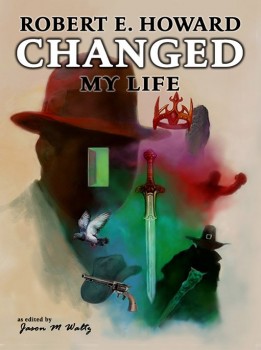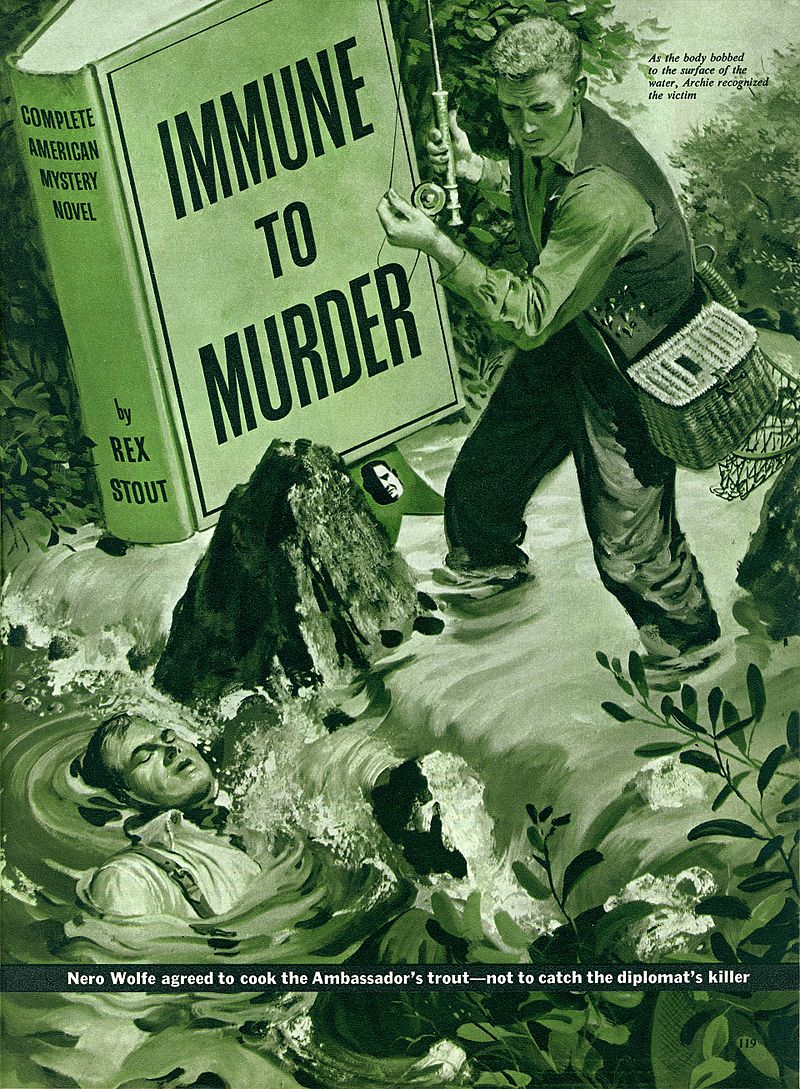 Welcome to the third installment of 3 Good Reasons. With a goal of eventually tackling every tale of the Corpus, I’ll give three reasons why the particular story at hand is the best Nero Wolfe of them all. Since I’m writing over seventy ‘Best Story’ essays, the point isn’t actually to pick one – just to point out some of what is good in every adventure featuring Wolfe and Archie. And I’ll toss in one reason it’s not the best story. Now – These essays will contain SPOILERS. You have been warned!
Welcome to the third installment of 3 Good Reasons. With a goal of eventually tackling every tale of the Corpus, I’ll give three reasons why the particular story at hand is the best Nero Wolfe of them all. Since I’m writing over seventy ‘Best Story’ essays, the point isn’t actually to pick one – just to point out some of what is good in every adventure featuring Wolfe and Archie. And I’ll toss in one reason it’s not the best story. Now – These essays will contain SPOILERS. You have been warned!
The Story
“Immune to Murder” can be found in Three for the Chair. Wolfe and Archie travel to a hunting lodge in the Adirondacks, owned by oil baron O.V. Bragan. Theodore Kelefy, an ambassador to the US from a third-world, oil-rich country, has requested that Wolfe cook some freshly caught trout. Archie goes fishing while a cranky Wolfe begins cooking lunch – and finds the body of Assistant Secretary of State David Leeson; murdered while out fishing. As has happened in other stories involving important persons as potential suspects, the local authorities aim their suspicions at Wolfe and Archie. Wolfe is forced to solve the case so he can get back home. And also because the killer offends his pride.
3 GOOD REASONS
Classic Curmudgeon
I have read a few criticisms of Maury Chaykin, in the Nero Wolfe Mysteries television show, for yelling far more than Wolfe did. I think that’s a fair assessment. Though, Wolfe certainly could express his anger somewhat loudly, when he wanted. But over the course of the entire Corpus, it didn’t happen as frequently as the tv series would lead you to believe. However: it is still quite believable for Wolfe, and I don’t think it detracts at all from the performance.
Chaykin (who, sadly, passed away in 2010), through his speech, facial movements and body language, absolutely did convey Wolfe’s demeanor as a cranky curmudgeon. Rex Stout, through Archie, gives examples of Wolfe time after time over the forty-ish years of tales. And “Immune to Murder” absolutely opens up with just such an incident.
After a 328 mile drive from the Manhattan brownstone, to River Bend, a sixteen-room mountain lodge in the Adirondacks, Wolfe’s back hurts. Since he always sits totally stiff and erect when traveling in a motor vehicle, “even with me at the wheel,” as Archie says, that’s not a big surprise. But Wolfe, even more cranky than when he’s at home, says he has lumbago and refuses to leave his room and join the dinner group.
…
Read More Read More

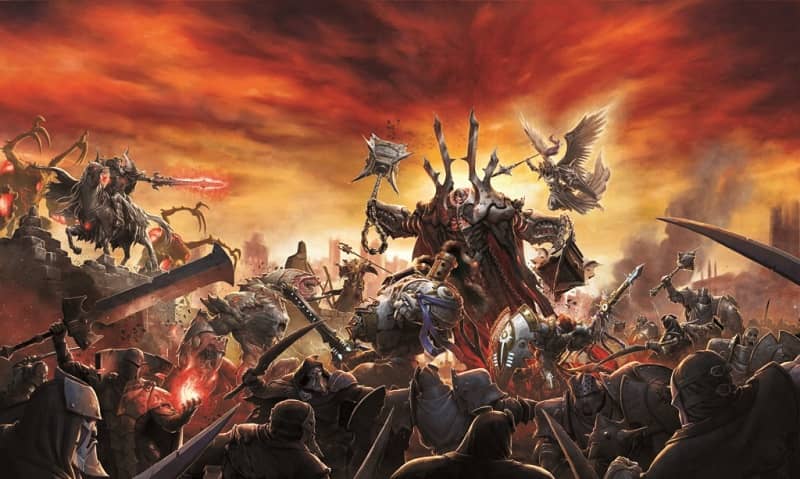
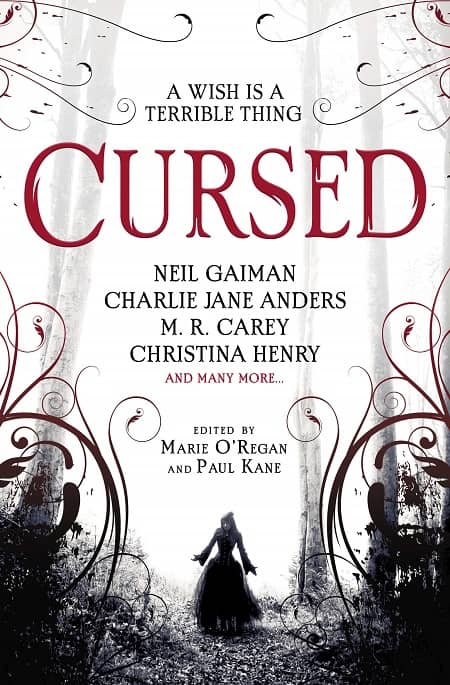
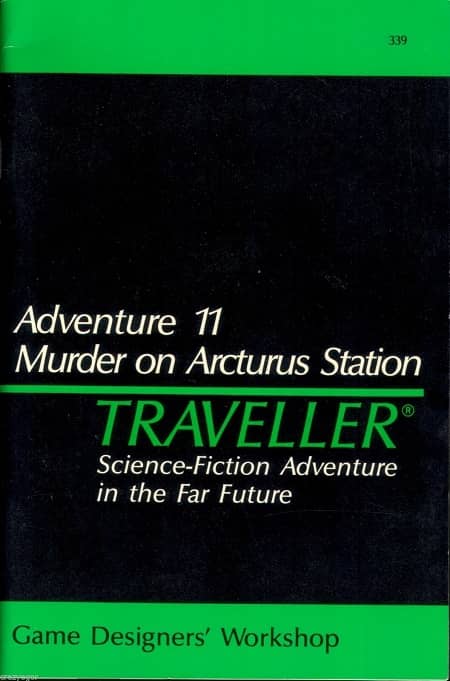

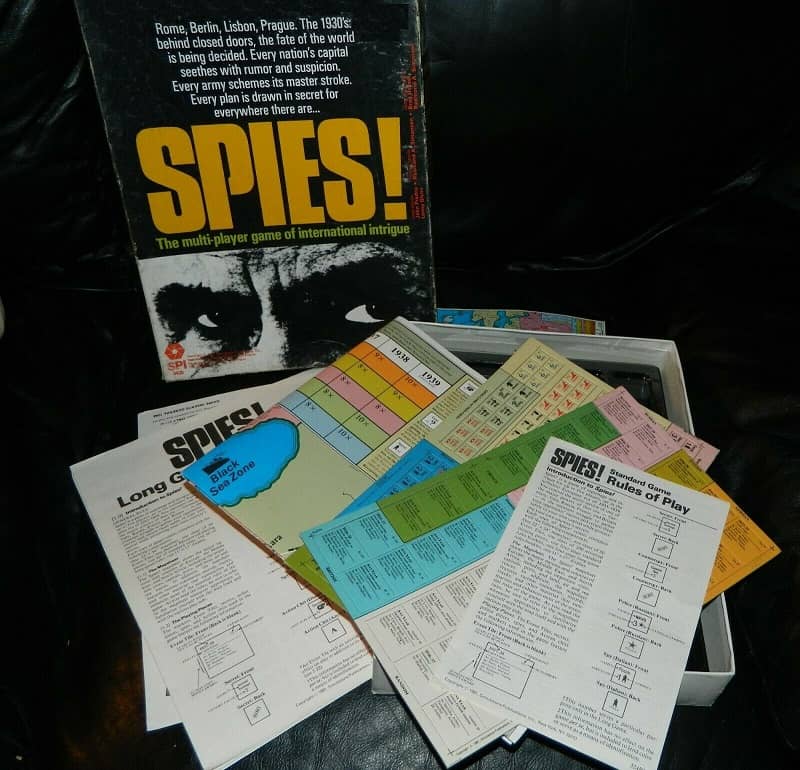
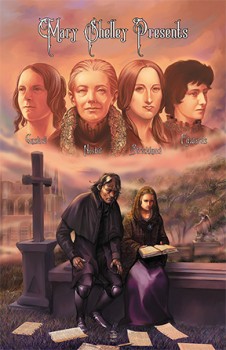
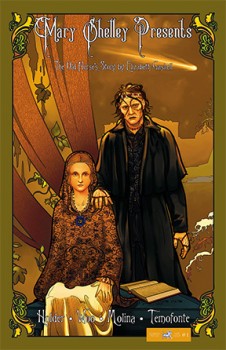 Everyone’s heard of Frankenstein, and most people also know its author, Mary Shelley, but on the 200th anniversary of that novel’s publication, Kymera Press is doing something very, very cool. Mary Shelley Presents is a graphic novel series about other Victorian women horror writers. These women were famous in their own day, but their legacies have faded over time. Now, with the help of Kickstarter, Kymera press seeks to assemble the multiple stories of this series into one trade paperback that they will then bring to life — okay, okay… I’ll hold off on any other Frankenstein metaphors…
Everyone’s heard of Frankenstein, and most people also know its author, Mary Shelley, but on the 200th anniversary of that novel’s publication, Kymera Press is doing something very, very cool. Mary Shelley Presents is a graphic novel series about other Victorian women horror writers. These women were famous in their own day, but their legacies have faded over time. Now, with the help of Kickstarter, Kymera press seeks to assemble the multiple stories of this series into one trade paperback that they will then bring to life — okay, okay… I’ll hold off on any other Frankenstein metaphors…